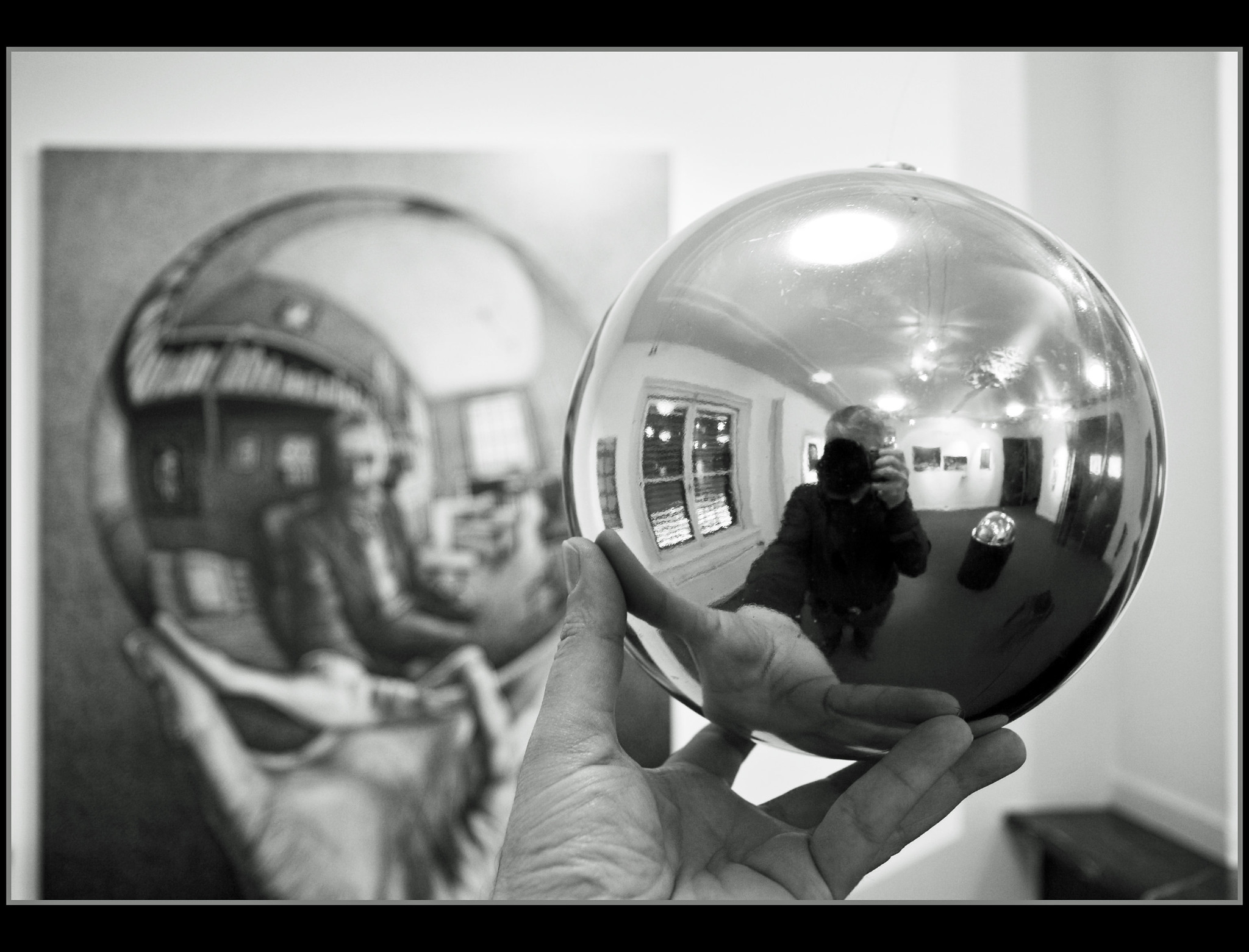Introduction

What is mental disorder? What does it look like? Who’s diagnosed with a disorder? According to the American Psychiatric Association which publishes the Diagnostic and Statistical Manual, which is now in its 5th edition, a mental disorder is “a syndrome characterized by a clinically significant disturbance in an individual’s cognition, emotion regulation, or behavior that reflects a dysfunction in the psychological, biological, or developmental process underlying mental functioning.”
In the field of mental health, we use the term “mental illness”; you may hear the phrase “mental health disorder.” Either term refers to all diagnosable mental disorders—health conditions involving significant changes in ones thinking, emotions, and/or behavior that cause one distress and/or problems functioning in social, work, or family activities. You may know someone with a mental illness—someone who is experiencing depression, an anxiety disorder, schizophrenia, an eating disorder, or addictive behaviors, just to name a few. We all have mental health concerns (problems) from time to time. Please be mindful that a mental health concern becomes a mental illness when ongoing signs and symptoms cause frequent stress and affect one’s ability to function.
What does mental illness look like? Look around. It could affect you, me, a member of your family, friends, or co-workers. The only difference between you and me and the individuals who have a current mental health diagnoses is: “We haven’t been diagnosed yet!” Mental illness does not discriminate; it can affect anyone regardless of age, gender, geography, income, social status, race/ethnicity, religion/spirituality, sexual orientation, background, or other aspect of cultural identity. While mental illness can occur at any age, three-fourths of all mental illnesses begin by age 24.
We as Human Service Professionals must be aware that mental illness takes many forms. Some are mild and only interfere with daily life in limited ways, such as certain phobias (abnormal fears). Other mental health conditions are so severe that a person may need care in a psychiatric facility. Please remember, as a professional a person who is committed to working with others, mental illness is treatable—more treatable than some forms of cancers or diabetes. When working with individuals who have a mental health diagnosis, we must remember that “RECOVERY is PROBABLY POSSIBLE AND LIKELY!” We must instill HOPE!!
In this class, we will read and discuss the 20 different classifications of “mental disorders,” other reasons people seek treatment, and the importance of assessment and treatment planning and intervention/strategies to use.

